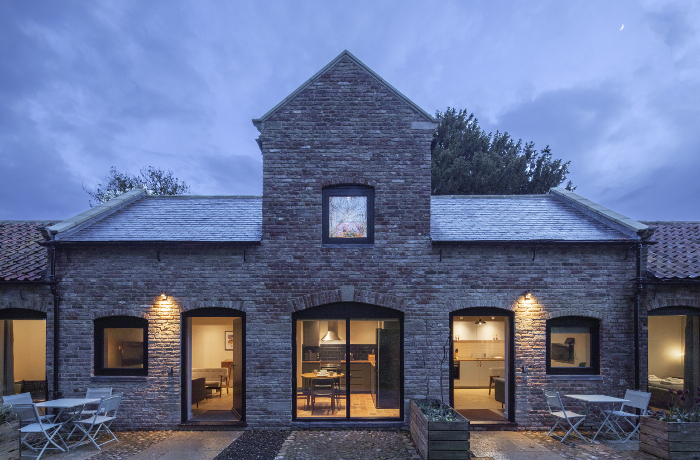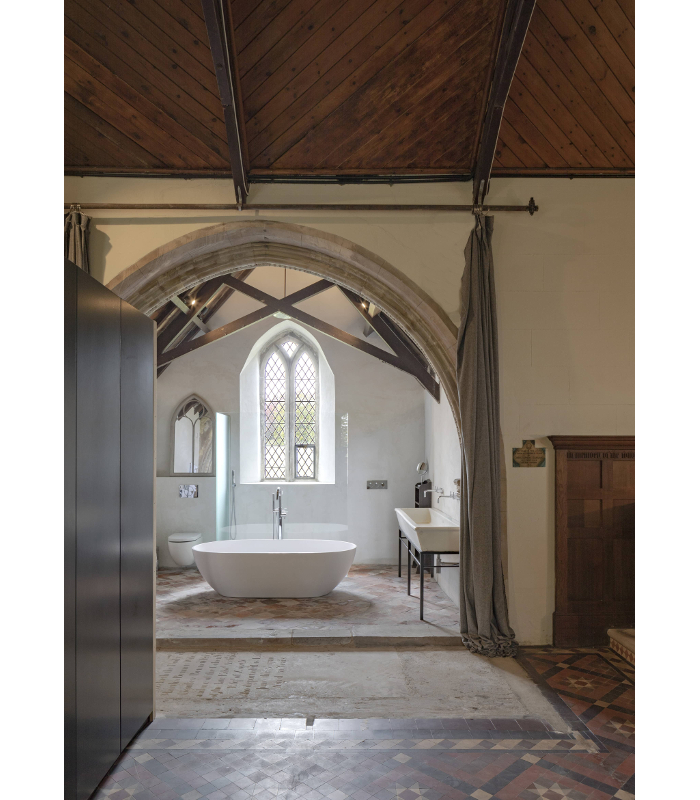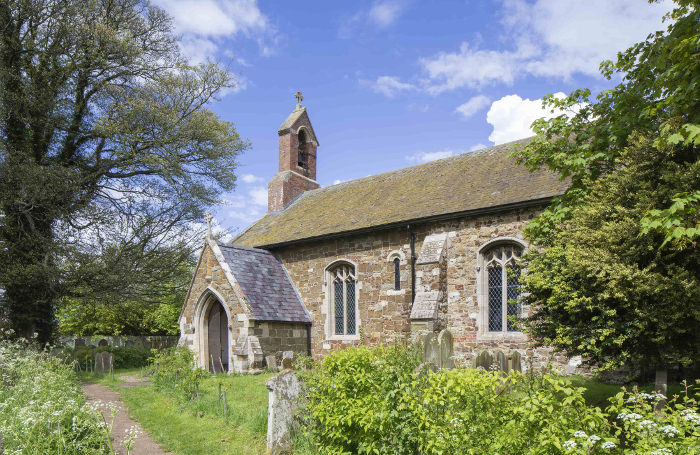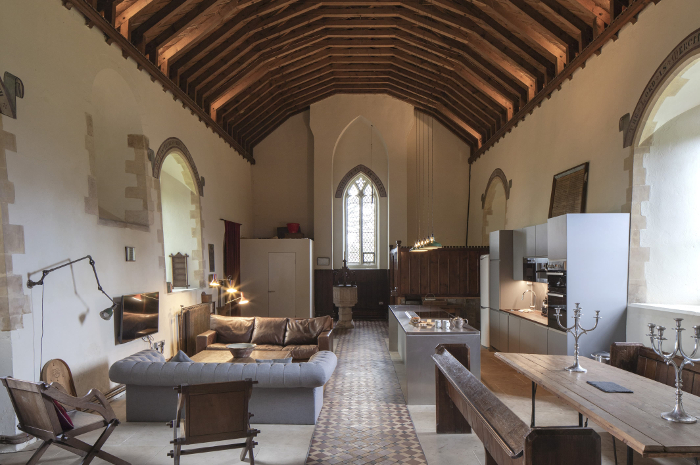The practice was originally founded by renowned architect, Denis Clarke-Hall in 1937 and became principally known for its revolutionary innovation of school design. Sam Scorer joined the practice in 1949 and founded the Lincoln office in 1954. Throughout the 1950s and 60s, Sam Scorer developed a national reputation for his pioneering work with hyperbolic paraboloid roof structures and for his sensitive approach towards the emerging concept of building conservation. His body of work throughout Lincolnshire retains a remarkable local appreciation to this day. Following Sam Scorer's retirement in 1995, Philip Hawkins continued the practice's work from Horncastle, developing its reputation for historic buildings with a host of conservation-focused projects throughout Lincolnshire.
Chris Bowen and Jonathan Capek became directors in 2020 and the practice moved to its present location in Skendleby, at the foot of the Lincolnshire Wolds.
Scorer Hawkins Architects is now thought to be the longest-established architectural practice in Lincolnshire. Chris and Jonathan are joined by Conservation Architect, Philip Hawkins and Architectural Assistants Joel Glazer, Joe Mulholland, Xorlanyo Avevor and Charlie Woolfitt.

What do you think impacts rural design the most?
The rolling landscape of the Lincolnshire Wolds and the wide-open skies of the Lincolnshire Fens provide a dramatic backdrop that impacts upon the majority of our designs. However, on a more practical level, the availability of materials on the shelves of the local builders’ merchants are a real consideration, particularly for domestic clients in such isolated areas such as ours.

How do you think we can make architecture a more sustainable profession?
A greater focus on the principles and practicalities of upgrading the environmental performance of existing/historic buildings undoubtedly offers a significant opportunity to develop a more sustainable profession.
What’s the most exciting project you’ve worked on and why?
We recently completed a new shop front refurbishment at Hopper's Jewellers in Boston Marketplace. The project received grant funding from the Heritage Lottery Fund and took just eight weeks to complete. The works included stripping away the existing shop front and installing a new bespoke joinery frontage; incorporating curved security glazing and custom-made fittings. Painting and tiling works were also included as part of the refurbishment. The success of the project was recognised by Boston Preservation Trust with a Pride of Boston Award. The project is now cited by Heritage Lincolnshire as an exemplar of local heritage-led regeneration.
The practice was also very excited and proud of final outcome for the Wolds Holiday Cottages, a 19th century barn that had endured years of neglect, to the point of collapse. Much of the original structure was unfortunately beyond repair but the materials were salvaged in the rebuilding to help retain the historic character of the original barns. The completed development incorporated triple-glazing and a centralised wood-pellet boiler as part of a highly ambitious sustainability strategy. Another amazing project we worked on was a Church Conversion, featured.
To find out more about Scorer Hawkins Architects, follow them on Twitter, Instagram and LinkedIn.
- RIBA East Midlands would like to showcase your Chartered Practice in this space, Contact us for the details.












